Leading market players are investing heavily in research and development to expand their product lines, which will help the automotive adaptive front light market grow even more. Market participants are also undertaking various strategic activities to expand their global footprint, with important market developments including new product launches, contractual agreements, mergers and acquisitions, higher investments, and collaboration with other organizations. To expand and survive in a more competitive and rising market climate, the automotive adaptive front light industry must offer cost-effective items.
Manufacturing locally to minimize operational costs is one of the key business tactics manufacturers use in the Automotive Adaptive Front Light Market industry to benefit clients and increase the market sector. Major players in the automotive adaptive front light market, including Hella GmbH & Co. KGaA, Magneti Marelli S.p.A, Koito Manufacturing, Valeo SA, Stanley Electric Co. Ltd., and others, are attempting to increase market demand by investing in research and development operations.
BMW is an automotive company. It develops, manufactures, and sells automobiles, motorcycles, spare parts, accessories, and engines. The company also offers deposit business, retail customer and dealer financing, insurance, fleet business, and car leasing services. It markets products under the BMW, MINI, Rolls-Royce, Alphabet, John Cooper Works, YOUR NOW, and Motorrad brands. It has production and assembly facilities and a sales network across the world.
In February 2020, BMW launched its Made in India 530i Sport which comes with various safety features such as ABS with brake assist, dynamic stability control, hill descent control, run-flat tires, electronic vehicle immobilizer and cornering brake control. Along with that, it also has adaptive LED headlights and six airbags.
Force Motors Limited is a vertically integrated automobile company that designs, develops and manufactures automotive components, aggregates and vehicles. The company's product offering includes small commercial vehicles, multi-utility vehicles (MUV), and light commercial vehicles (LCV). It also offers sports utility vehicles (SUV), agricultural tractors and other automobile industry products, including diesel engines. Force Motors provides Trax Cruiser, Trax Kargo King, Trax Toofan, Trax Ambulance and Trax Delivery Van, Balwan 550 and Orchard Mini, among other vehicles. The company also provides transport solutions.
In December 2019, Force Motors announced to invest USD 85.85 million to develop two new models over the next two years. Similarly, Morris Garages (MG), which has already invested a huge amount in entering the Indian market, has announced further investing USD 429.25 million in India.


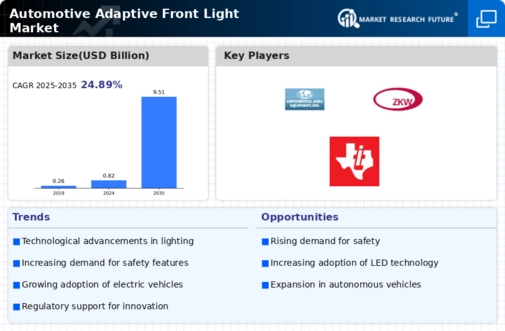
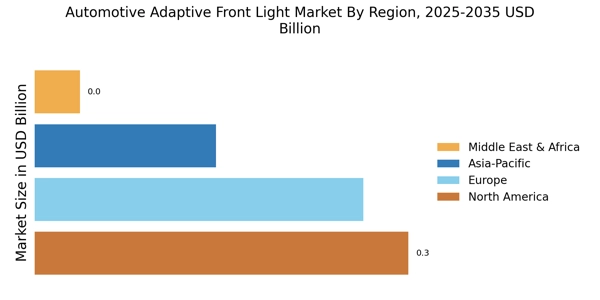
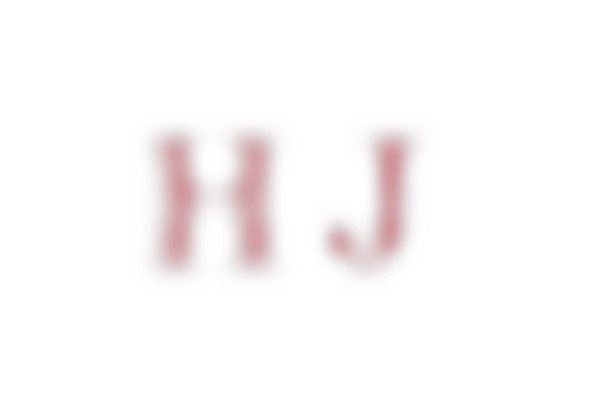
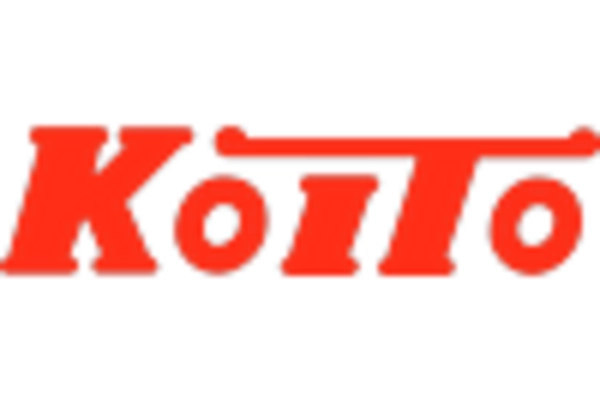
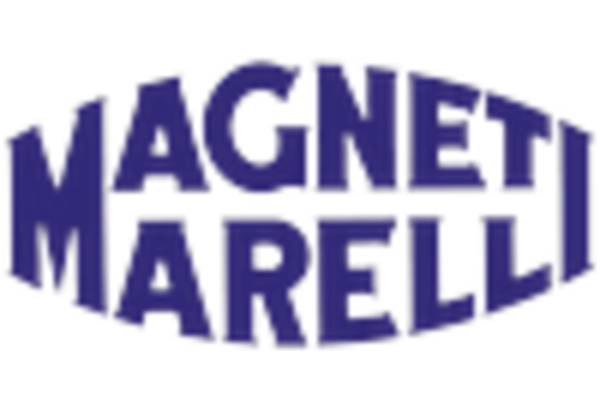
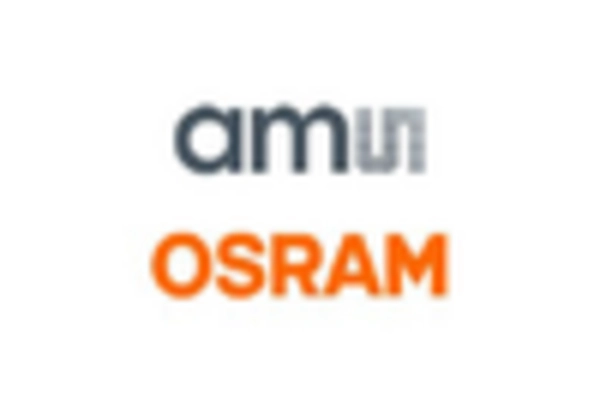
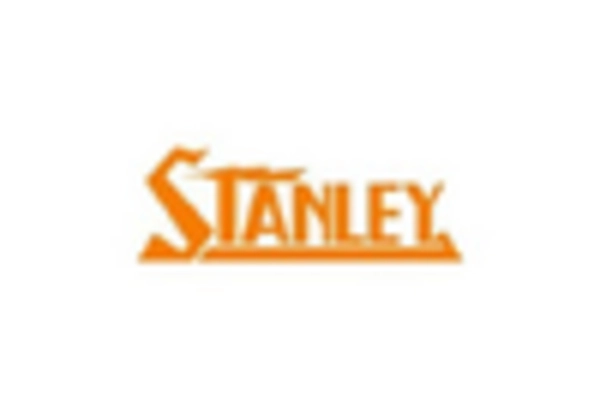
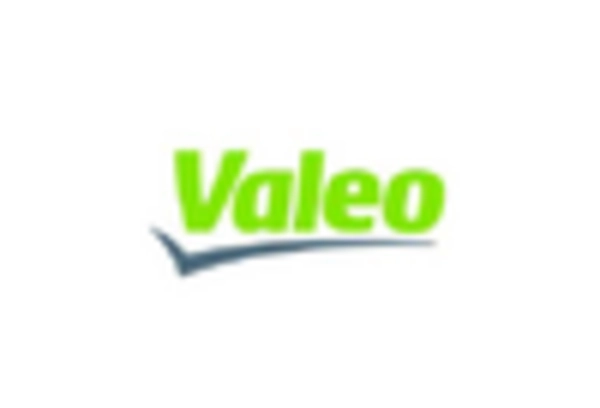








Leave a Comment